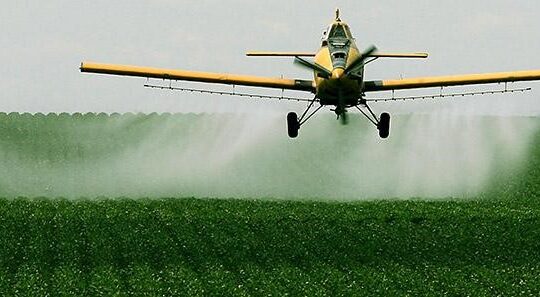MRLs and Biopesticides
Maximum Residue Limits (MRLs)Pesticide residues
A maximum residue limit (MRL) is the highest level of a pesticide residue that is legally tolerated in or on food or feed when pesticides are applied correctly in accordance with Good Agricultural Practice.
Key points
The amounts of residues found in food must be safe for consumers and must be as low as possible.
Codex sets MRLs for all food and animal feed
The MRLs for all crops and all pesticides are publicly available on the Codex website.
Codex Pesticides Residues in Food Online Database
This database contains Codex Maximum Residue Limits for Pesticides and Extraneous Maximum Residue Limits adopted by the Codex Alimentarius Commission up to and including its 42nd Session (July 2019).
The traces pesticides leave in treated products or those left by veterinary drugs in animals are called “residues”.
In the database a user can obtain information on Codex Maximum Residue Limits (MRLs) and Codex Extraneous Maximum Residue Limits (EMRLs) for pesticide / commodity combinations. Names and definitions of commodities are found in the Codex Classification of Foods and Animal Feeds.
The foods listed shall not contain more than the MRL or EMRL (in mg/kg) of the pesticide residue (defined in each individual case in the definition of residue) at (a) the point of entry into a country or (b) at the point of entry into trade channels within a country. This maximum limit shall not be exceeded at any time thereafter.
The MRLs and EMRLs apply to the residue content of the final sample representative of the lot and of the portion of commodities which is analyzed.
Up to 2016 the Codex Alimentarius Commission has adopted 4844 MRLs (CXLs) for different combinations of pesticide/commodity(ies).
When searching MRLs for single commodity (e.g. FC 0204 Lemon), please also search MRLs for the corresponding subgroups (e.g. FC 0002 Lemons and Limes) and the corresponding groups (e.g. FC 0001 Citrus Fruits) in order to have the whole spectrum of the Codex MRLs for the commodity.

Bangladesh National Team
Bangladesh National Team is constituted to coordinate with the International Team. Further, 4 sub teams on field residue research, laboratory residue research, biopesticide efficacy research, and biopesticide regulatory harmonization were formed under the project on 4th November, 2021 to implement the project objectives related to the subjects.
